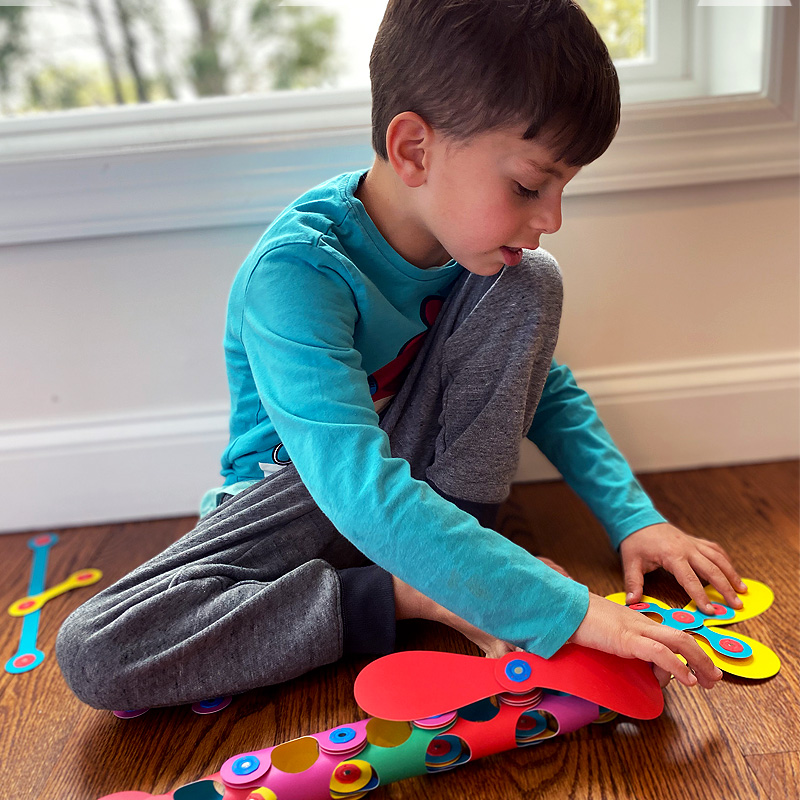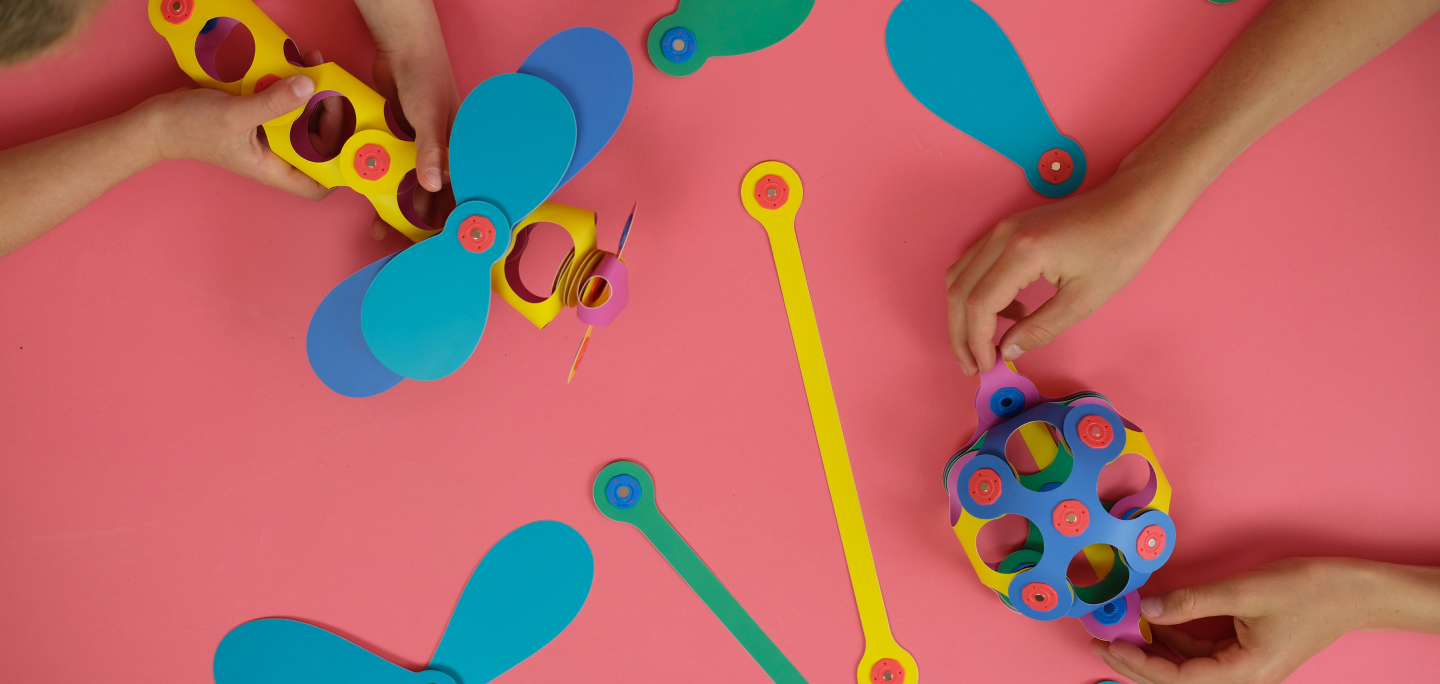When the world changes shape, Clixo changes with it.

In this final piece of a three part blog series, Clixo founder Assaf discusses the importance of adaptability, and how Clixo can be a useful aid in the age of COVID-19.
Raise your hand if you’ve built a slide down your stairs out of cardboard boxes, turned the entire apartment into a playroom, or decided the whole family should don formal attire for a Tuesday night dinner? Times are crazy. We work, socialize, and play differently now, and there’s no instruction manual–parents are just making it up as they go along.
In the first blog of this series, I talked about the role of constraints in creativity, and what COVID-19 has taught me about them. In the second blog, I talked about letting go of control, and how important that is for creative development. Now I want to turn to the third aspect I’ve reflected on during COVID: adaptability.
In many ways, adaptability has to do both with constraint and with letting go of control. If we are adaptable, we are able to shift easily into new environments and circumstances. We are flexible, not rigid. Sometimes we get to have some say over adaptability in our lives. Other times–like right now–we don’t have a choice. The world has changed, and we have to change with it.
One of the aspects of Clixo I am most proud of is this very characteristic: adaptability. Working in the toy industry for over twenty years, I have often been struck by how static and contextual toys are: sure, many of them are small or lightweight, but they don’t pack or travel easily, they are always underfoot, getting lost behind car seats, or require flat surfaces to play on. These toys can be very fun or very educational, given the right context, but they minimize potential creativity and enjoyment by being tethered to location or critical mass.
What we need, I thought, is a modern twist on the classic building block: something that can be taken on the go, is easy to store and pack, requires a minimal number of pieces for maximum possibilities, and is just as fun to play with in a car, on a plane, at home, or on a playground.
Clixo’s paper design and durable magnets makes it just such a toy. With even our largest pack weighing less than a pound, it stacks quickly and easily, integrates with objects around you, and is built for wear and tear. Best of all, with only seven shapes, you can already create millions of possibilities.
At a time when our regular methods of travel, play-dating, and home life have been disrupted, I truly hope that Clixo can offer even an ounce of relief to parents everywhere who are struggling to adapt to the times. Whether you bring Clixo to the beach, turn it into a soccer ball, wear it as a crown, or make a duck while taking a bath, Clixo is there for you.
When the world changes shape, Clixo changes with it.




